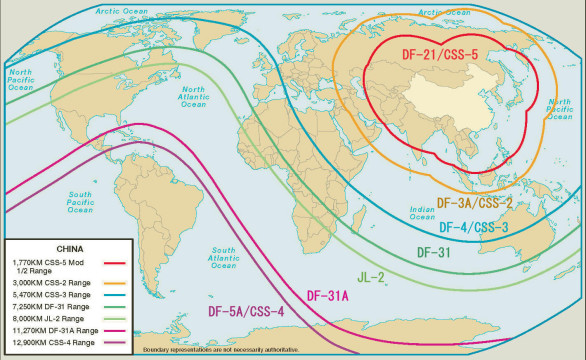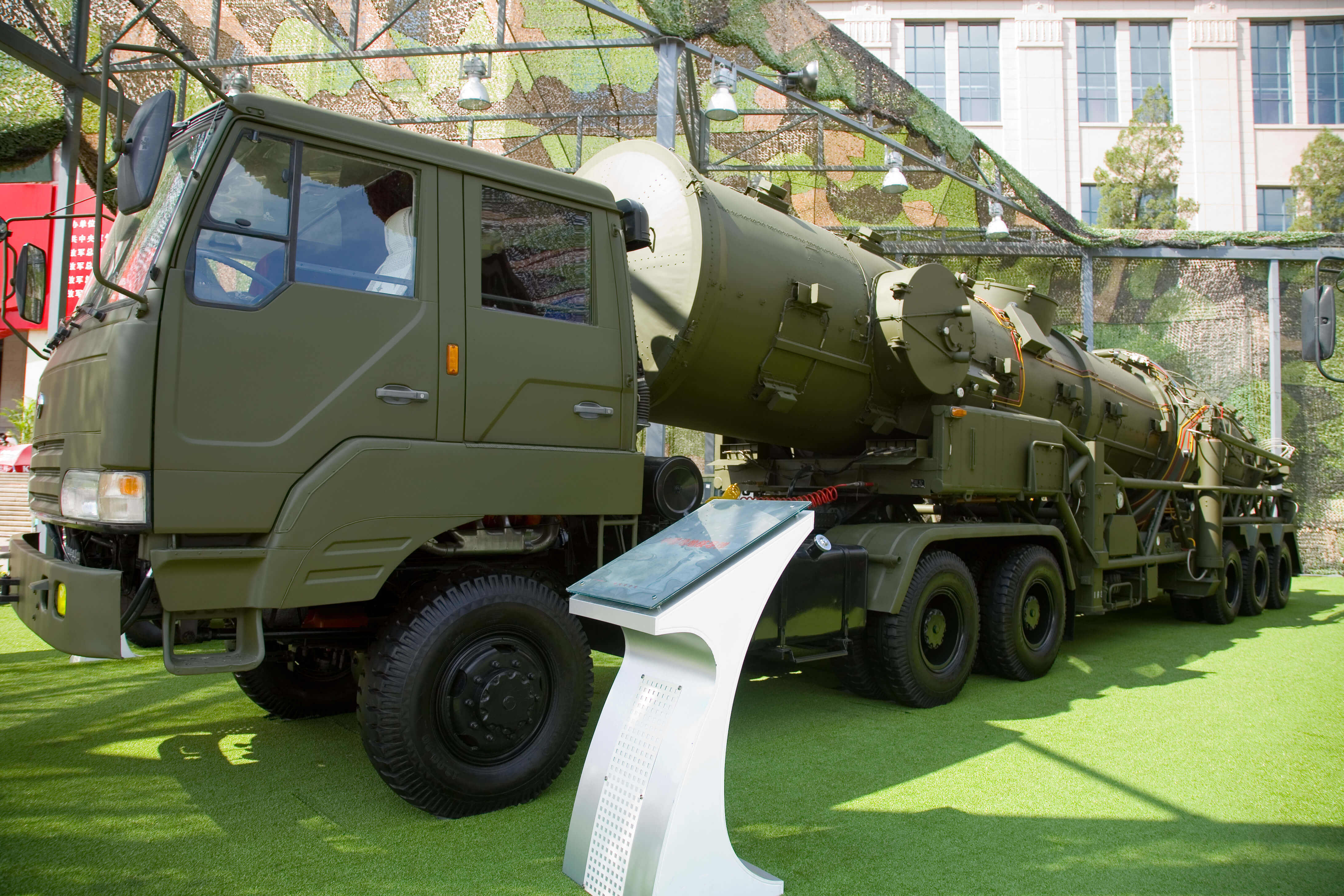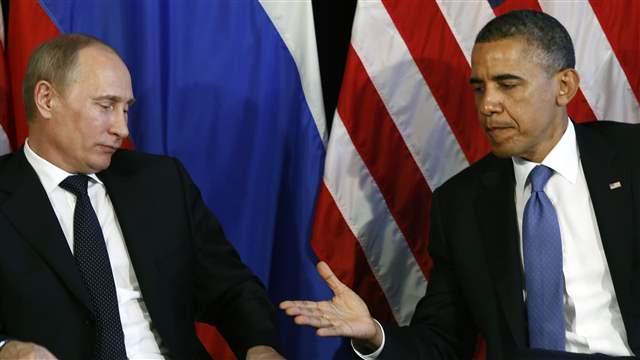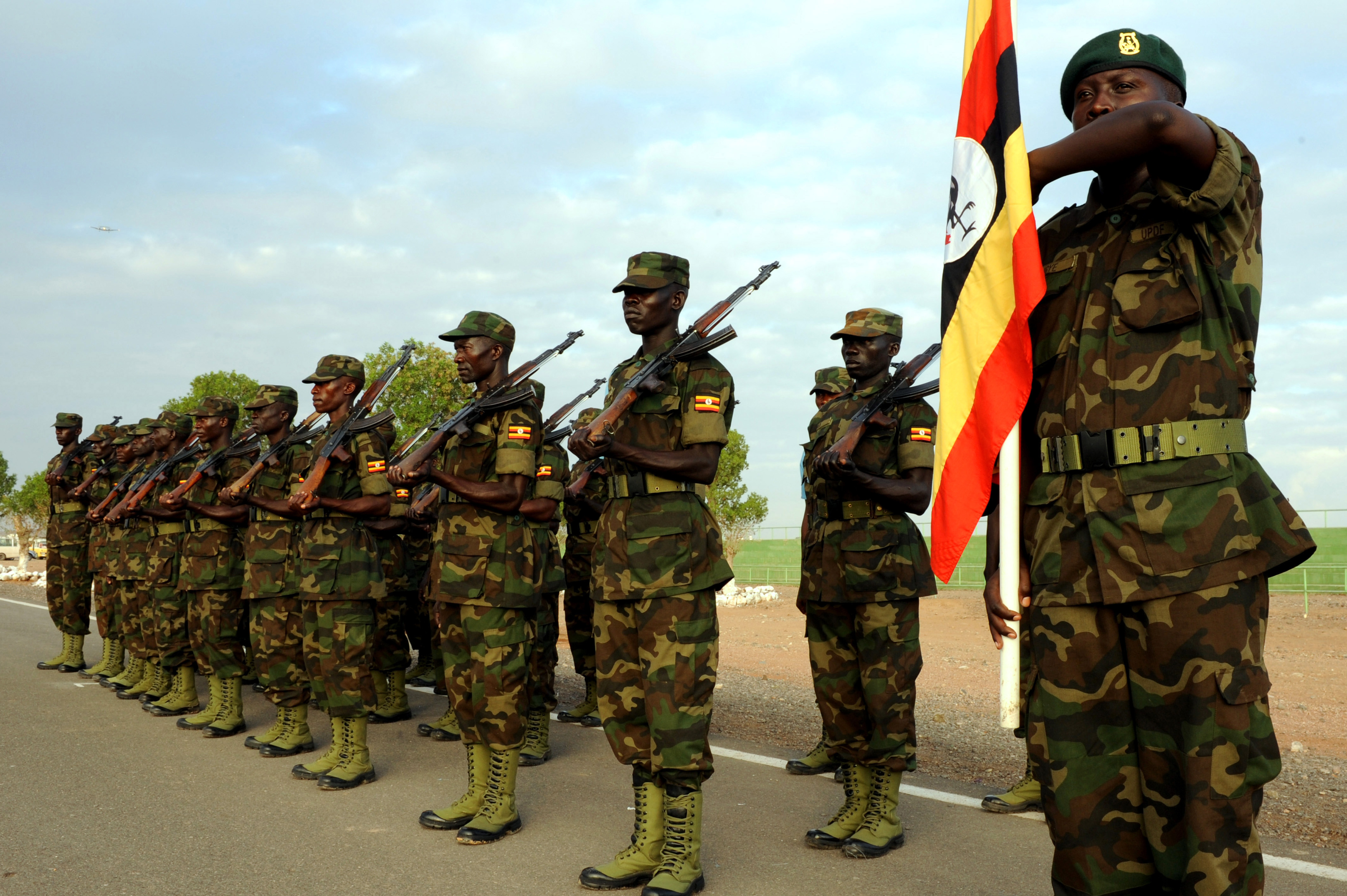September 3, 2015 witnessed 12,000 troops from the People’s Liberation Army (PLA) take to Tiananmen Square, Beijing, as part of the Chinese commemorations of the 70th anniversary of the end of World War II. Reminiscent of the large-scale displays of firepower from the Cold War era, this parade revealed many recent developments in China’s defence capabilities. Among the many armaments revealed during the military parade was the DF-21D missile. The world’s first deployed anti-ship ballistic missile, the DF-21D is able to attack moving ships at sea by utilizing a maneuverable warhead equipped with multiple sensors. It is known as the “carrier-killer” among the Chinese media.

The evolution of China’s combat aircraft and bombers was also on display, including the H-6K strategic bomber. Similar to the Russian Tupolev Tu-16, the H-6K has substituted the traditional glass nose of earlier planes with a large radar and optical sensor suite. Due to the addition of Russian Soloviev D-30-KP2 turbofans, the H-6K is able to enjoy an estimated 3,000 km range, giving it increased strategic applications. The H-6K is able to carry six missiles, such as the 1,500 km-range CJ-10K and the YJ-12, in addition to various precision-guided bombs.
These advances reflect the continuing commitment of the Chinese government to defence spending. China’s defence budget has been increasing year-to-year since 2010, and the government’s decision in March to increase spending by 10.1% for 2015 was the latest in a series of double-digit increases. This pattern of investment means that 84 percent of the weapons on display were thought to be new additions since the last parade in 2009.
Despite this significant show of strength, Chinese officials emphasized that the country would continue to follow the path of “peaceful development”. Even as China is boldly claiming territory in the South China Sea and East China Sea, President Xi Jinping reiterated his claims that that China is committed to international peace and stability.
“I announce that China will reduce military personnel numbers by 300,000” Xi stated, insisting that the People’s Liberation Army is “loyally committed to its sacred duty of defending the security of the motherland and the peaceful life of the people, and loyally committed to the sacred duty of safeguarding world peace … Today, peace and development have become the prevailing trend, but the world is far from tranquil,” said Xi. “War is the sword of Damocles that still hangs over mankind. We must learn the lessons of history and dedicate ourselves to peace.”
Despite this rhetoric of international peace, it should be noted that the cuts will still leave China with a standing army of over two million. Reductions are focused on phasing out older units, allowing China to invest even more heavily in the modernization of its navy, aircraft, cyber technology and advanced weapons. The South China Morning Post has reported that China is still keeping under wraps some of its most important military projects. Such advancements, it is speculated, include an anti-satellite system, and were not included in the military parade. As one unnamed military source commented, “Revealing that technology would have provoked Western countries and undermined the official theme of the parade, which was a call for peace.”
This parade was significant in what military capabilities it chose to display, but also in the rhetoric of Chinese authorities, something which has sharply contrasted with such a bold exhibition. President Xi’s emphasis on peace has hardly disguised the important developments in Chinese defence capabilities, of which only those deemed the least dangerous were deemed appropriate to be shown. As always, China continues to cautiously keep its defensive capabilities close to home.




